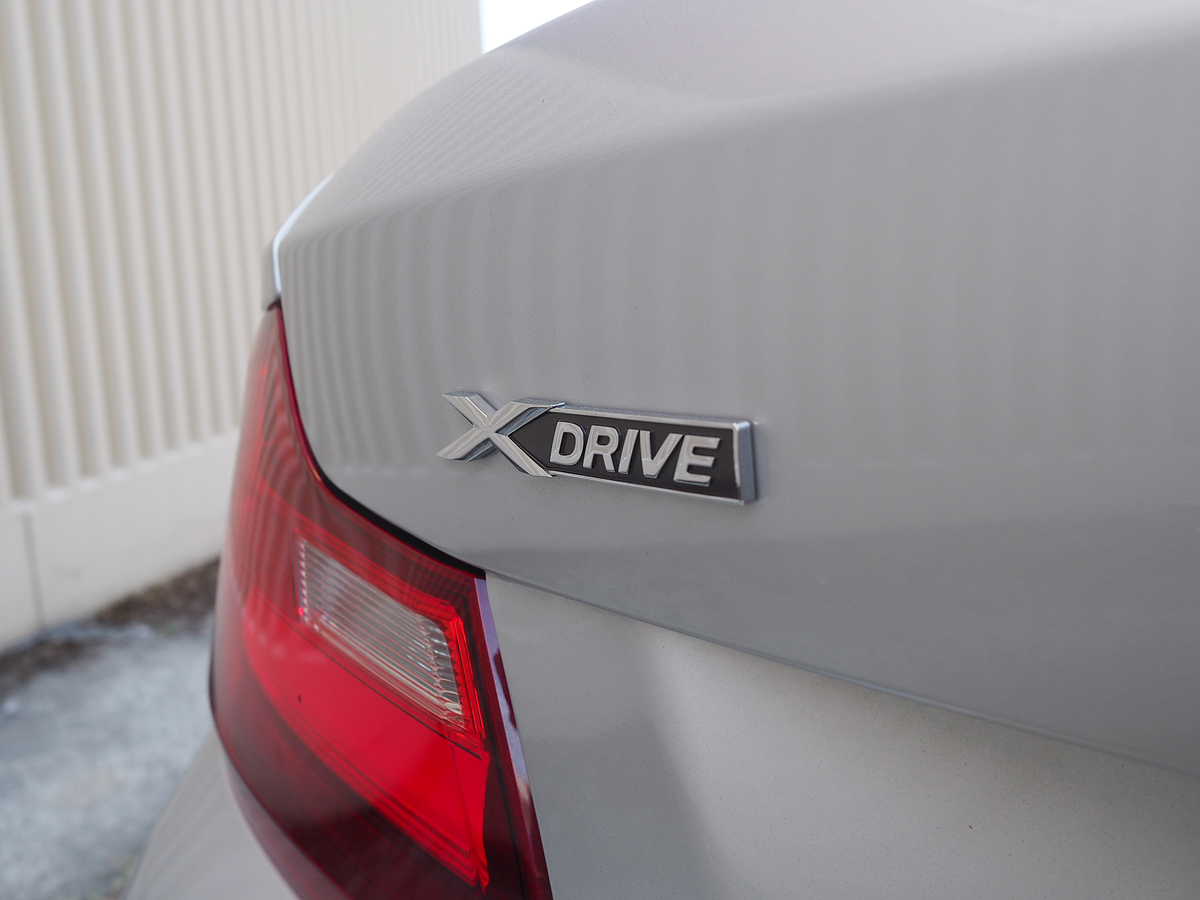BMW celebrates three decades of all-wheel drive


Although now one in three BMWs sold globally comes equipped with all-wheel drive, there was a period — about 30 years ago — when the technology was just coming on the scene and people weren’t yet familiar with the popular drivetrain setup. Here’s a brief timeline of events leading to today, where the automaker offers xDrive AWD on more than 100 models.

Allrad
In 1985, BMW released the 325i Allrad, as their AWD system was then known, at the Frankfurt Motor Show. Biased towards the company’s classic rear-wheel drive characteristics, it featured a mechanical power split of 37-63 per cent between the front and rear wheels. People driving the car were wowed by its ability to improve traction in a variety of slippery road situations as well as increase handling performance through corners. Soon after, the model was renamed the 325iX.

5 Series
AWD came to the 5 Series in 1991, in the form of the 525iX. The big change was shifting to an electronically controlled power split, with a default ratio of 36 (front) and 64 (rear). Grip was monitored using the vehicle’s anti-lock braking sensors, as well as computer readouts of the engine speed and throttle position.

Sport Activity Vehicle
BMW introduced the world to the concept of a Sport Activity Vehicle (SAV) in 1999, combining traditional SUV off-road ruggedness with on-road sensibilities. Yes, I’m talking about the legendary X5. For the first time, AWD was made even safer with the additions of dynamic stability control (DSC) and hill descent control.

xDrive
The contemporary version of the brand’s AWD system made its debut in 2003 on the more compact X3 SAV, in addition to the X5. BMW claims that it was, and continues to be presently, the only “intelligent” form of AWD available on the market. xDrive works in tandem with DSC, even taking into account steering angle, and continuously alters the power split depending on the current driving condition rather than waiting for wheel slippage before taking action.

BMW i
As cars continue to innovate and become more efficient, like when BMW launched the i8 hybrid sports car, so does the associated technology. The i8 uses a completely different all-wheel drivetrain made up of a gasoline engine spinning the rear wheels, and an electric motor powering the front pair.

